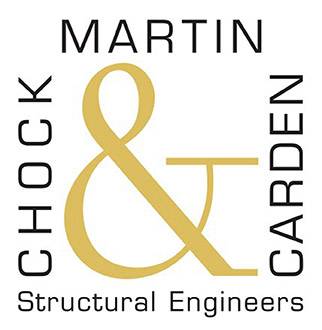Hurricanes, Earthquakes, Tsunamis, and Climate Change Design
Hurricane and High Wind Design
The firm has special expertise in wind-tunnel based design of high-rise building structures, including customized site-specific design and windborne debris criteria. The unique wind hazard of the Hawaiian Islands was not well represented by the wind design provisions of the national building codes. We authored and continue to be involved in the updating and implementation of the special wind appendix of the Hawaii State Building Code and county Building Codes. Some of our Hawaii wind maps have recently been implemented in the national standards, although other provisions continue to be adapted through local amendments. This knowledge extends to the design criteria and performance standards for window systems.
Seismic Design
The firm has designed numerous structures in zones of high to low seismicity, and has performed nonlinear, linear, static, and dynamic seismic analyses of complex structures. Mr. Chock was active in earthquake engineering through his involvement as founding chairman of the Hawaii State Earthquake Advisory Committee and its representative at the national Building Seismic Safety Council. Lyle Carden and Guangren Yu also have Ph.D.s based in research into earthquake engineering and reliability engineering. Gary Chock and Lyle Carden have extensive experience in the post-disaster field reconnaissance.
Tsunami Design
Martin, Chock & Carden, through Gary Chock, lead the development of the first national tsunami design standard in chairing the committee that produced Chapter 6 of the ASCE 7 Standard in 2016. He and his staff have investigated the devastating impacts of several tsunamis around the Pacific. Hawaii also has a history of devastating tsunamis, having a unique geographical risk. Past tsunamis have demonstrated that, even with a good deal of warning for evacuation, complete evacuation is rarely achieved. Appropriate planning to locate critical or costly infrastructure outside of a tsunami design zones should be the primary goal, but where a location within a tsunami design zone is required, well implemented tsunami design can provide levels of safety commensurate with other hazards often with marginal impact on building cost, or a higher level of safety and performance if necessary for its post-tsunami performance objective.
Climate Change
The risk profile of wind and flood hazards is becoming gradually impacted by climate change. We are committed to the pragmatic and actionable consideration of climate change in the planning and operation of future infrastructure. Gary Chock has been working with the City and County of Honolulu Office of Climate Change, Sustainability and Resiliency in helping to bridge the gap between the science of climate change and the development, engineering and architecture community.
WORK WITH US
CALL (808) 521-4513
1001 Bishop Street,
Suite 2950, Honolulu,
HI 96813
